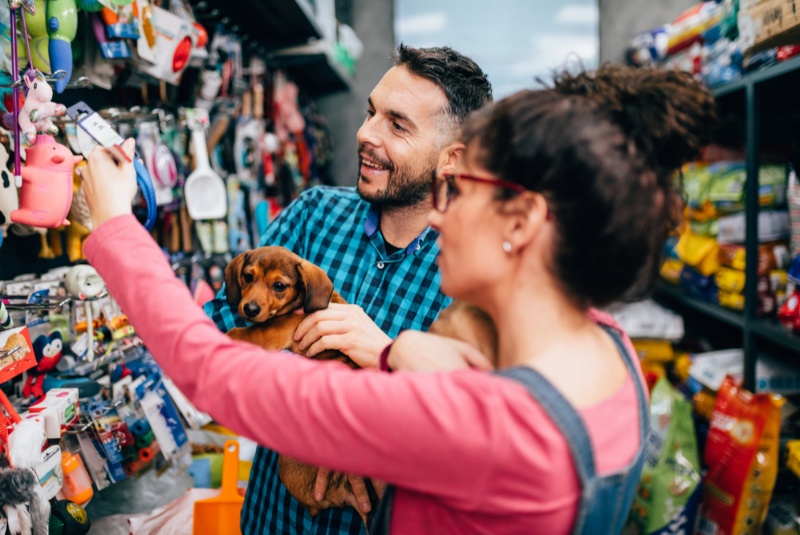In today’s fast-paced world, pets provide a source of companionship and unconditional love. However, it’s no secret that pet care can often feel like a financial juggle. Yet, being a pet owner doesn’t need to break the bank. Here are some practical tips to help you provide quality care for your pets while maintaining financial balance.
1. Prevention is Key
The adage, “An ounce of prevention is worth a pound of cure,” is especially applicable when it comes to pet care. Regular veterinary check-ups can prevent costly illnesses down the line. Routine vaccines, heartworm prevention, flea and tick control, and dental check-ups are all essential to keeping your pet healthy. Early detection of potential health issues can significantly reduce the costs associated with advanced diseases.
2. Groom at Home
Professional grooming services can add up quickly. Simple grooming tasks like brushing your pet’s fur or teeth, trimming their nails, or giving them baths can be easily done at home. This not only saves you money but also strengthens the bond between you and your pet. Remember to use pet-friendly grooming products and follow proper techniques to ensure your pet’s safety and comfort.
3. Invest in Quality Food
While it might be tempting to save a few dollars on cheaper pet food, it’s crucial to remember that nutrition affects your pet’s overall health. Low-quality food may lead to health issues like obesity, dental problems, and allergies, resulting in high veterinary bills. Invest in quality, nutritionally balanced pet food. Consider buying in bulk or subscribing to a delivery service for added savings.
4. Choose Toys Wisely
Pets, particularly dogs and cats, need mental stimulation and exercise, often in the form of toys. However, some toys are not designed to withstand the rigors of a playful pet and quickly become shredded remnants. Investing in durable toys might seem more expensive initially, but it will save you money in the long run as they last longer.

5. DIY Pet Beds and Furniture
Instead of splurging on expensive pet beds and furniture, get creative and make your own. Old blankets, pillows, or towels can be repurposed into cozy pet beds. Similarly, a used ladder or a bookshelf can be transformed into a cat tree. DIY projects like these can significantly cut costs and add a personal touch to your pet’s space.
6. Pet Insurance
Pet insurance can seem like an unnecessary expense until you’re faced with a hefty veterinary bill. Insurance plans can cover accidents, illnesses, and even routine care, depending on the plan you choose. Shop around and find a plan that suits your pet’s needs and your budget. Remember, it’s generally cheaper to insure your pet when they are young and healthy.
7. Adopt, Don’t Shop
Last but not least, consider adopting a pet from a shelter instead of buying from a breeder. Adoption fees are usually significantly less than the cost of a purebred pet and often include the initial round of vaccinations, microchipping, and spaying/neutering. Plus, you’re giving a deserving animal a loving home.
Providing for a pet doesn’t have to be a financial burden. With careful planning, a bit of creativity, and a focus on preventive care, you can effectively manage the costs associated with pet ownership. Remember, your pet needs your time, love, and care more than expensive accessories or gourmet food. Adopting cost-effective pet care practices doesn’t mean you love your pet any less—it simply means you’re taking a balanced approach that benefits both you and your furry friend.




